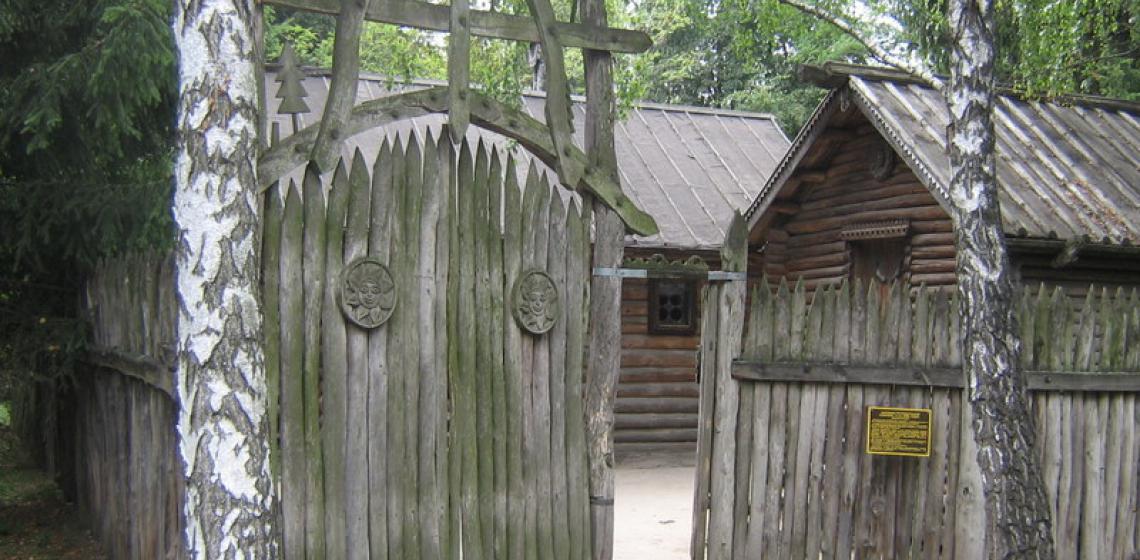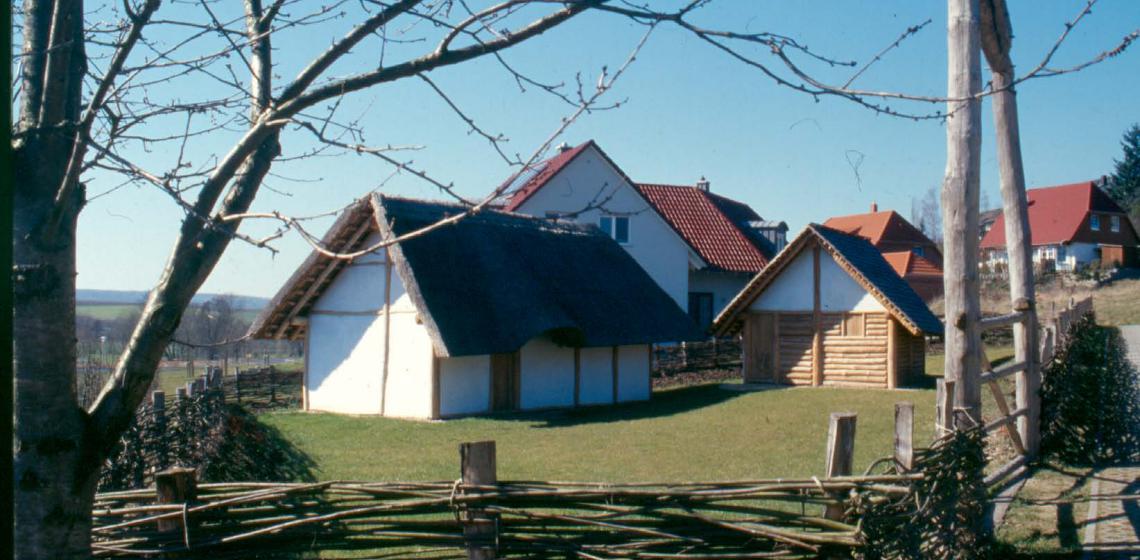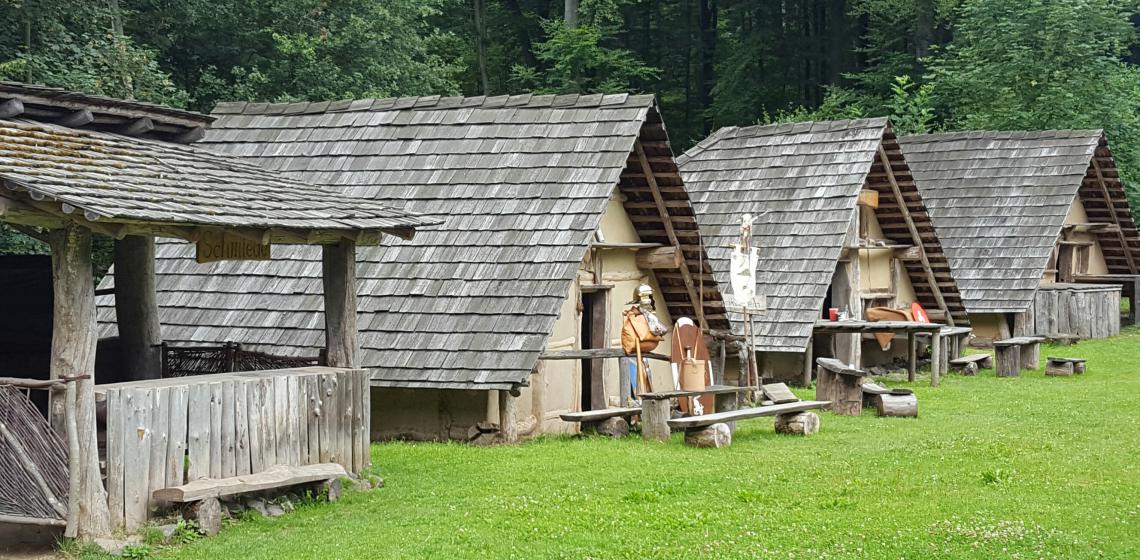District Museum Day
The "Zeiteninsel" in Weimar-Argenstein invites you to come and get to know the past with all senses! Visitors of all ages will get to know various different and exciting technologies ranging from the Stone Age till the Germanic people of the first century. There will be hands on activities for children and living history will provide a glimpse into times thousands of years ago.








